In the grand tapestry of daily routines, brushing our teeth might seem like a mundane, habitual task—a necessary evil that we breeze through without much thought. However, the significance of maintaining a proper dental hygiene routine cannot be overstated. It’s not just about having a pearly white smile or fresh breath; it’s about safeguarding your overall health. Your mouth is a gateway to your body, and poor oral hygiene can lead to a myriad of health issues, ranging from gum disease to heart problems.

At the heart of good dental hygiene lies the art of brushing correctly. Despite what many might assume, there’s a science to it, and mastering this technique can vastly improve your oral health. So, let’s dive into the ultimate guide to perfecting your brushing routine, ensuring every stroke counts.
1. The Tools of the Trade: Choosing the Right Brush
Before we delve into technique, it’s crucial to select the right tools for the job. The most common options are manual toothbrushes and electric toothbrushes. Both have their merits, and the choice often boils down to personal preference and dental needs.
Manual Toothbrushes:
- Pros: Affordable, easy to travel with, and less reliant on electricity.
- Cons: Requires more effort and may not reach all areas as effectively as an electric brush.
Electric Toothbrushes:
- Pros: Oscillating or rotating heads can effectively remove plaque, improve circulation in the gums, and are generally easier to use.
- Cons: More expensive, require electricity, and can be bulky for travel.
Regardless of your choice, ensure the toothbrush has soft bristles. Hard bristles can wear down tooth enamel and irritate gums, leading to sensitivity and recession. Additionally, consider replacing your toothbrush every three to four months or sooner if the bristles fray.
2. The Angle of Attack: Positioning Your Brush
One of the most overlooked aspects of brushing is the angle of the toothbrush relative to your teeth and gums. For optimal cleaning, position the toothbrush at a 45-degree angle to the gum line. This angle allows the bristles to gently penetrate the space between the tooth and gum, effectively removing plaque and food particles that can lead to gingivitis.
3. The Technique: A Methodical Approach
Now, let’s break down the brushing technique into manageable steps:
Step 1: Place Your Brush Correctly
- Start with the outer surfaces of your teeth. Position the brush at the 45-degree angle mentioned earlier.
Step 2: Gentle, Circular Motions
- Use gentle, circular motions rather than harsh scrubbing. This gentle pressure helps avoid damaging enamel while effectively cleaning the tooth surface and gum line.
Step 3: Move Systematically
- Work your way from one side of your mouth to the other, ensuring every tooth gets equal attention. Don’t forget the hard-to-reach molars at the back.
Step 4: Chewing Surfaces and Inner Surfaces
- Once you’ve covered the outer surfaces, focus on the chewing surfaces of your teeth. Use a back-and-forth motion here, as these surfaces are more flat and prone to food buildup.
- Finally, tackle the inner surfaces of your teeth, again using gentle circular motions.
Step 5: Tongue and Cheeks
- Don’t forget to clean your tongue and the inside of your cheeks. A scraper or the back of your toothbrush can help remove bacteria and freshen your breath.
4. Timing is Everything: How Long Should You Brush?
The standard recommendation is to brush your teeth for at least two minutes. This might sound like a long time, but breaking it down can make it more manageable. Try timing yourself with a song or using a timer on your phone.分配时间时,可以专注于每个区域约30秒,确保全面覆盖。
5. Flossing: The Complementary Act
No brushing routine is complete without flossing. Flossing removes plaque and food particles from between teeth and under the gum line, areas where a toothbrush can’t reach. Use a gentle, sawing motion to avoid cutting or irritating your gums.
6. Rinse and Repeat: Mouthwash for Added Protection
While not a replacement for brushing and flossing, an antiseptic mouthwash can provide an extra layer of protection by reducing bacteria in your mouth and helping to prevent cavities and gum disease. Look for mouthwashes with the American Dental Association (ADA) seal of approval.
7. Frequency: Twice a Day, Minimum
Brushing your teeth should be a twice-daily habit, ideally in the morning and before bed. However, if you can manage more frequent brushing—especially after meals—it can further reduce the risk of plaque buildup and tooth decay.
8. Avoiding Common Pitfalls
- Over-Brushing: Too much pressure or brushing too often can wear down enamel and irritate gums.
- Skipping Flossing: Flossing is crucial for cleaning tight spaces that a toothbrush can’t reach.
- Using Hard Bristles: As mentioned, hard bristles can damage enamel and gums.
- Not Changing Your Brush: Old, frayed bristles are less effective at cleaning.
9. Seeing the Bigger Picture: Regular Dental Check-Ups
No matter how meticulous your brushing routine, regular dental check-ups are vital. Professional cleanings, exams, and X-rays can catch problems early, before they become painful or costly to treat. Aim for a dental check-up every six months.
Conclusion: The Road to Optimal Oral Health
Mastering the art of brushing isn’t just about having a dazzling smile; it’s a cornerstone of overall health. By following the tips outlined above—choosing the right tools, positioning your brush correctly, using a methodical technique, timing your brushing sessions, and complementing your routine with flossing and mouthwash—you can significantly improve your oral hygiene. Remember, consistency is key. Making these habits part of your daily routine will pay dividends in the long run, leading to healthier teeth, gums, and a brighter smile.







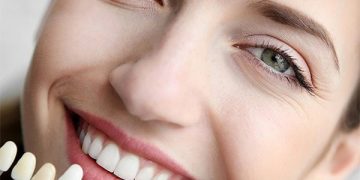

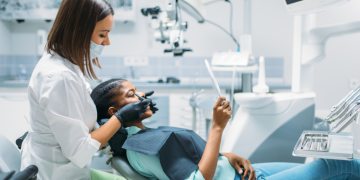

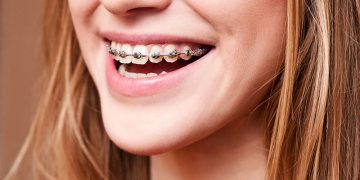
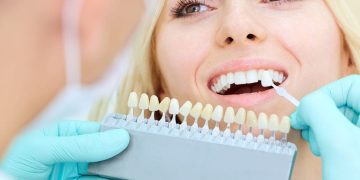


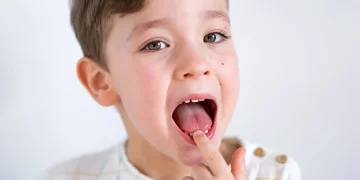
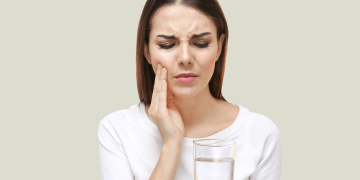
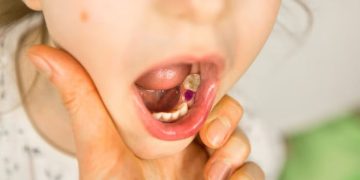
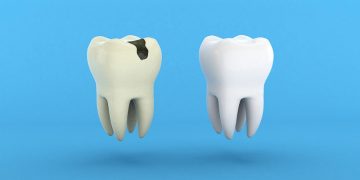






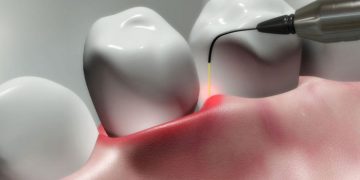
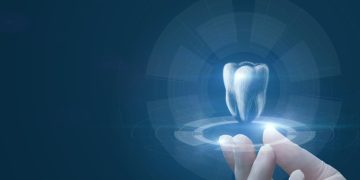

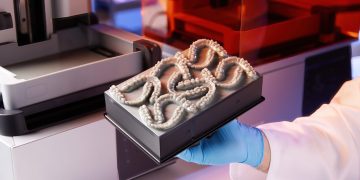
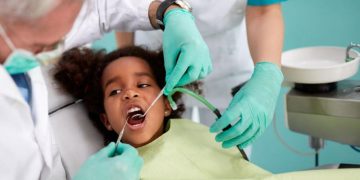
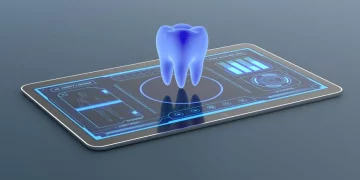














Discussion about this post